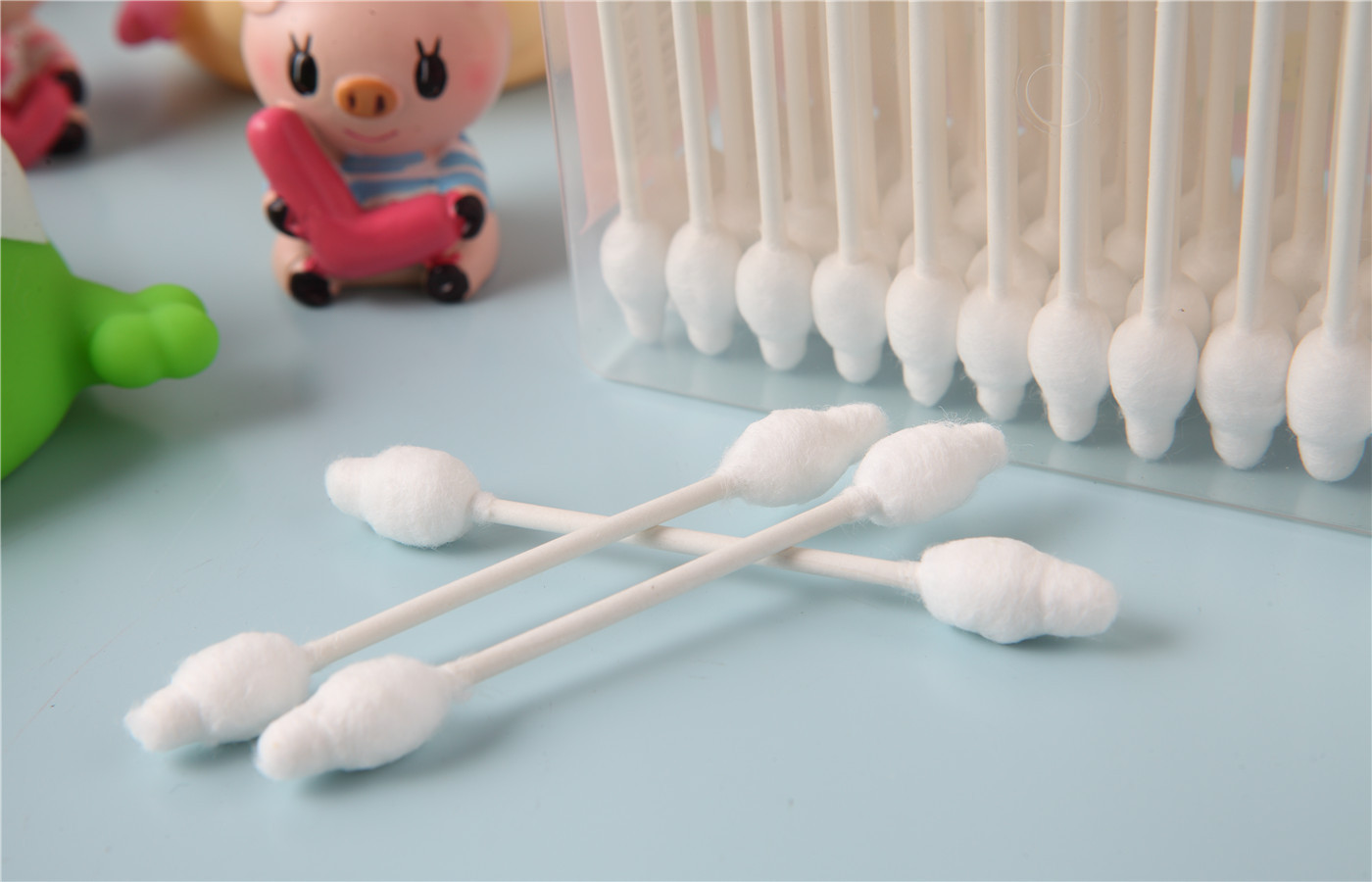- Home
- Hearing Loss
- Audiology
How Cotton Swabs can Damage your Hearing
2020-11-27 Earwax plays an important role in maintaining the health of your ears. It forms a barrier over the skin that lines the ear canals, protecting it from dust, bacteria, excessive moisture or dryness. However, like so many things in life, too much of a good thing can be bad.
In the case of earwax, an excessive amount can interfere with your hearing by blocking the ear canal. Alternatively, you may use a hearing aid and find wax plugs the tiny tubes and inters with amplification. This being the case, it might be your audiologist suggested you clean your ears regularly.
But did you know there is a right and a wrong way to clean your ears? Unfortunately, one of the most popular tools for the job, the cotton swab, may actually add to your problems. To understand why, it helps to learn a little about how earwax works.
Earwax is produced by the outer third of your external ear. The ear is equipped with a ‘wax elevator,’ a series of hairs that waft very slowly, pushing the wax up and out of the ear. This happens incredibly slowly, but is very efficient at what it does. This natural mechanism is nature’s way of ensuring the ear canal is self-cleaning, as the wax it produces eventually finds its way out, along with the impurities it trapped.
Cotton swabs, also known as cotton tips or cotton buds, are cheap and readily available. They also appear to be the perfect tool for cleaning the ears, but appearances can be deceptive. When your reach for a cotton swab and put it in your ear, you are highly likely to be pushing wax back in the direction from which it came.

Indeed, pushing wax deeper into the ear can also compact it and make a dense plug of wax. This plug sits just out of reach in the ear canal in an area where there is no wax elevator to move it out of harm’s way. Over time, a plug of wax can form and acts as an earplug, muffling your hearing.

If you regularly use cotton swabs and your hearing has deteriorated, then get your ears checked by a hearing care provider. They will use an instrument called an otoscope, to examine the ear canal and visualize problems such as a plug of wax. They can then use appropriate methods to flush out the ear and clean it. After this procedure, it’s also a good idea to have a hearing test, because it’s perfectly possible to have more than one problem. If you get the all clear this is excellent news, but if not, it’s a great opportunity to address those hearing issues.
And don’t forget; speak to your hearing care professional about the correct way to keep your ears clean for better hearing health.
Latest
Audiology













All 0 comments